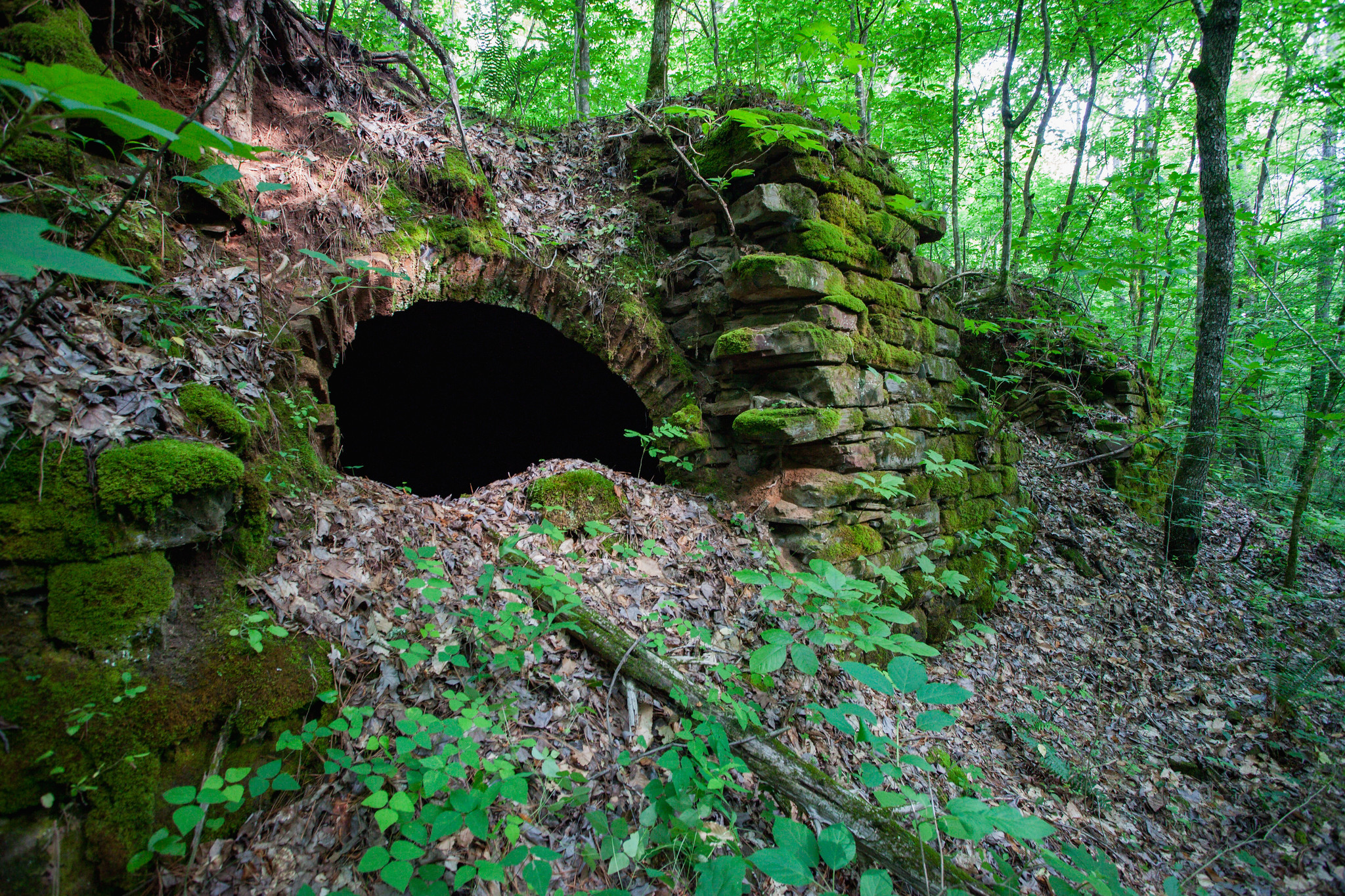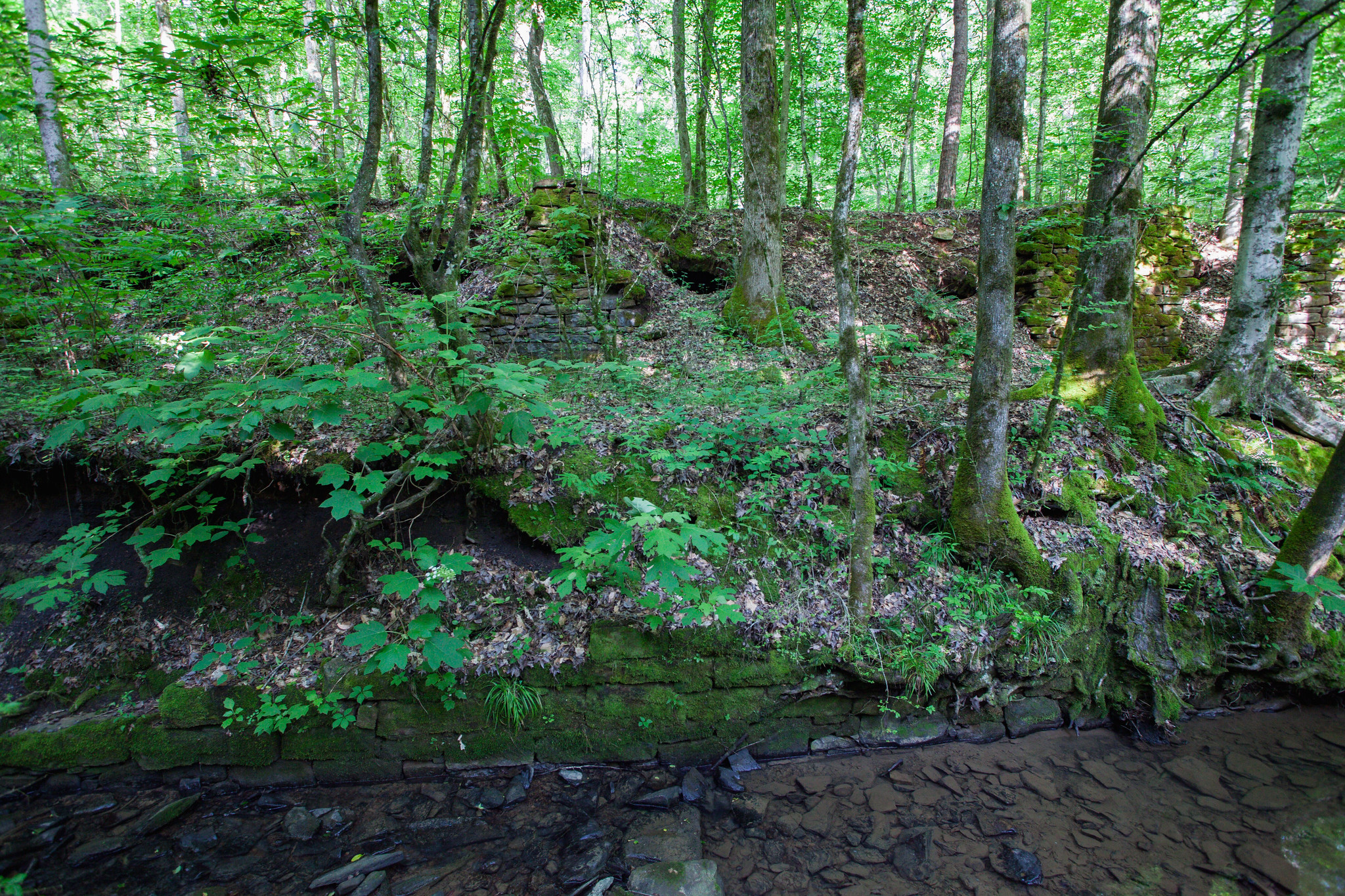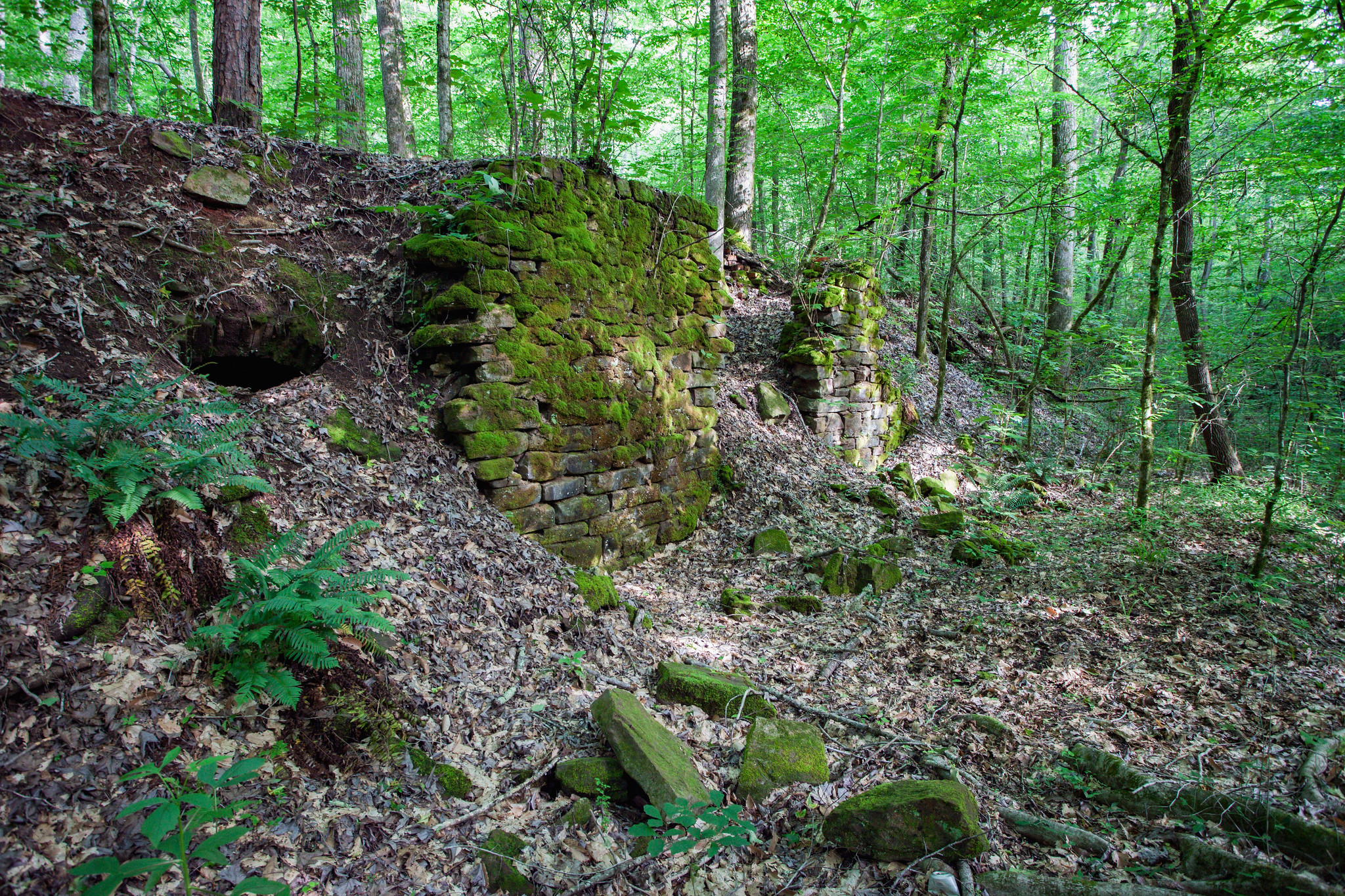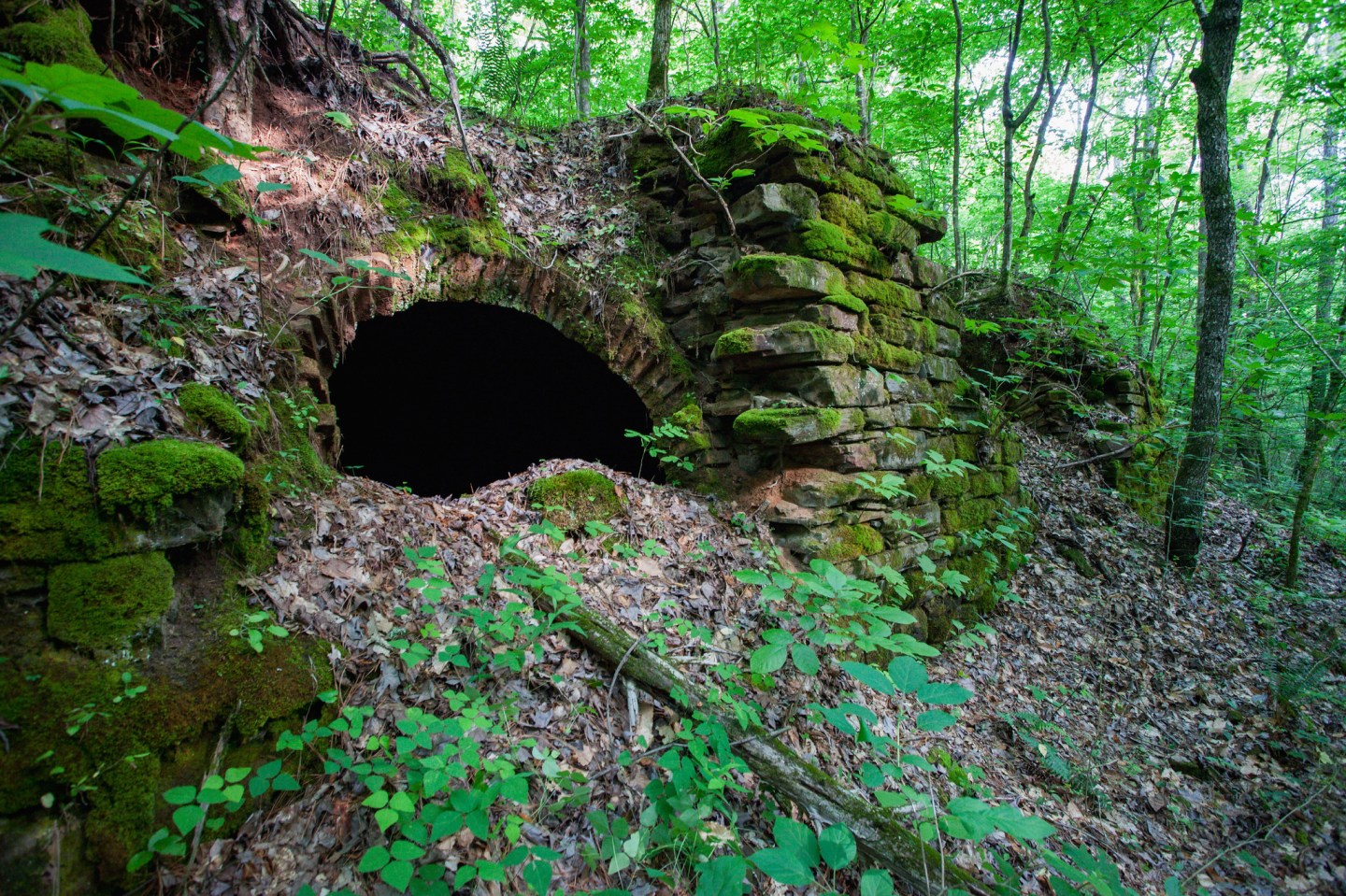In the late 19th century, as the steel industry exploded into prominence, the secluded forests of Alabama were transformed into bustling scenes of development and progress. In 1890, after a large coal seam was discovered nearby, coal mining and coke ovens became driving forces in the local economy.


Coke is one of the three ingredients needed to make iron ore in a blast furnace. The other two ingredients are limestone and iron ore. The coke ovens were used to convert the coal mined in the local area into industrial coke, a relatively clean-burning fuel used in the smelting of iron ore. In a process known as “coking,” coal was shoveled into an insolated beehive-shaped and ignited. After laborers sealed the doors with bricks and mud, the coal was left burning under low oxygen conditions for several days and could reach scorching temperatures. The volatile parts of the coal ignite and escape as gases through an exhaust hole in the roof. What remained was the desired coke, which was almost pure carbon, and the by-product slag.



After World War II, the introduction of improved mechanization made underground mining less profitable. By the 1950s, the coal markets were in decline and most of Alabama’s mines closed. Many of the operations were constrained by newly enacted environmental protection laws, land reclaiming, safety regulations, and rising labor costs. Once the mine shut down, the coke ovens were left for nature to reclaim.


Thank you for reading. I appreciate your support. Please share the blog with your friends.
If you would like to receive the Abandoned Southeast blog in your email, you can sign up below. Also, check out my books that are available through Amazon.


Pctures are beautiful! Great story.
LikeLiked by 1 person
Thank you!
LikeLike
Where r these pictures taken it’s breath taking
LikeLike
Nice. Thanks for posting.
LikeLiked by 1 person
Appreciate it!
LikeLike
Great post, love the photos and historical perspective!
LikeLiked by 1 person
Thank you!
LikeLike
Good article…question: are the coke ovens pictured located on Red Mnt. above Birmingham?
LikeLiked by 1 person
These ovens are not located on Red Mountain.
LikeLike
There’s a lot to see back in those woods!
LikeLike
I just found a photo of my grandfather standing in front of a Coking Coal Mine in Alabama in 1955. He was security for that mine. He and a worker are holding the 1955 United Fund banner with the rest of the workers in the background. Let me know if you want a copy.
LikeLike
minerpud76@gmail.com
I was wondering where these ovens were located. I know there are some in Virginia Mines area outside of Hueytown Al. which is an old coal mine town with some homes still there.
LikeLike
Yeah I went to the Coke ovens with my father when I was in the first grade,just a small coal mine in town in Tennessee on a mountain they mine the coal and they’re also Coke ovens
LikeLike
. . . thank you, this is a very informative article. Very nice photos, too. 🙂
LikeLike
My grandfather was a stone mason from Taylor County West Virginia. He won a contract to build several of these in and around the Fairfield works of US Steel around the turn of the century. He was in his early to mid thirties at the time. He actually married a girl from Birmingham and took her back to West Virginia when the contract was completed. His name was William Jefferson Gates. Would you happen to know if US Steel has any old records dating back this far.
LikeLike
I worked at TCI from 1959 to 1963 then at U S Pipe. It’s sad to know that there are no more iron and steel factories in that area. I have a copy of August 1937 US Steel News. It is 31 pages, I couls make copies of it if you would like to have them, can’t let you have the original booklet, sorry.
LikeLike